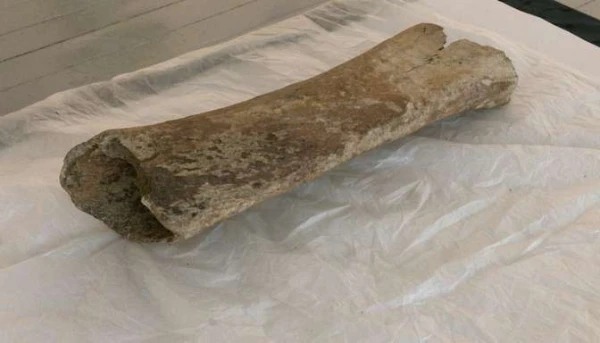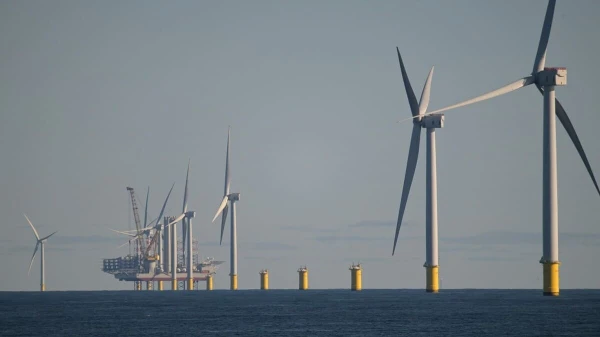
As a result of the collaboration between Latvian and Lithuanian scientists, the age of the mammoth bone found in Aizpute about a hundred years ago has been determined. For the Aizpute Local History Museum, this is an opportunity to educate visitors, and for anthropologists, it is confirmation that ancient inhabitants of the Baltic likely did encounter large mammoths, reports the program "900 Seconds" (TV3).
The museum director notes that both staff and visitors often inquire about the actual age of the large bone.
"Imagine this: mammoths walked in the small town of Aizpute. But how long ago was that, visitors ask — how old is this bone?" says the director of the Aizpute Local History Museum, Jolanta Berga.
Thanks to a fortunate coincidence, an expert from the Latvian Archaeological Society and the National Heritage Protection Authority visited the museum, who knew about the possibility of determining the age of the mammoth bone.
"The collaboration with the radiocarbon laboratory in Vilnius has been ongoing for many years for the Latvian Archaeological Society," explains archaeologist Marģers Kalniņš. He specifies that the laboratory provides Latvian colleagues with the opportunity to date several objects free of charge each year. Taking advantage of this opportunity, a small fragment of the mammoth bone from Aizpute was sent to Vilnius, and after a few weeks, its age was determined.
"Here we see 41,246–40,731 years BC, and we need to add another 2,000 years," the archaeologist explains. This dating proves that about 42,000 years ago, the territory of Latvia and the Baltic region was warm enough for ancient mammoths to inhabit.
From approximately the same period, there are other pieces of evidence confirming the presence of humans in the territory of modern Lithuania, allowing researchers to draw important conclusions.
"This means that these mammoths likely could have encountered modern humans. The same story applies to the last mammoths that went extinct 11,000–12,000 years ago," says Kalniņš.
The expert adds that around thirty different mammoth bones have been found in Latvia. The age has been determined for about ten of them, but none of the bones show signs of human processing, so at this moment, there is no direct evidence of mammoth hunting in the territory of modern Latvia.
"In the early last century, gravel extraction was conducted at Misinīkalns," says researcher Andris Vasilievskis from the Aizpute Local History Museum. He notes that this bone was found just a few hundred meters from the museum building. This is not the only evidence of ancient giant animals found in Aizpute.
"As a result of excavations, several bones and fragments of mammoth bones were found. One of them is the one currently on the table, the second, as they say, was in the historical classroom of the Aizpute parish school. There, it is rumored, was a tusk, but it cannot be found now," adds Vasilievskis.
The nearly 43,000-year-old mammoth bone is currently stored in the collections of the Aizpute Museum. The museum director reports that it will soon be on display: "It will likely be exhibited in the open museum collection, for which we received funding from the EU structural funds. This may happen at the end of next spring or the beginning of summer."
The age of the mammoth bone has been determined, but weighing it is still pending. When lifted, it feels like it weighs several kilograms, but the exact weight is still unknown. The team at the Aizpute Local History Museum now has another task — to accurately determine the mass of the bone.













